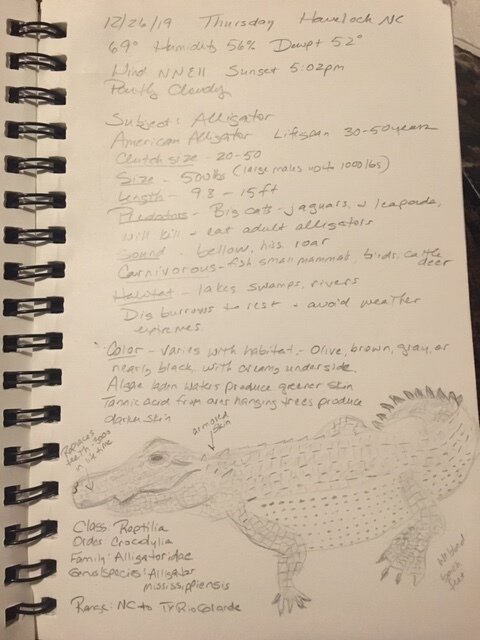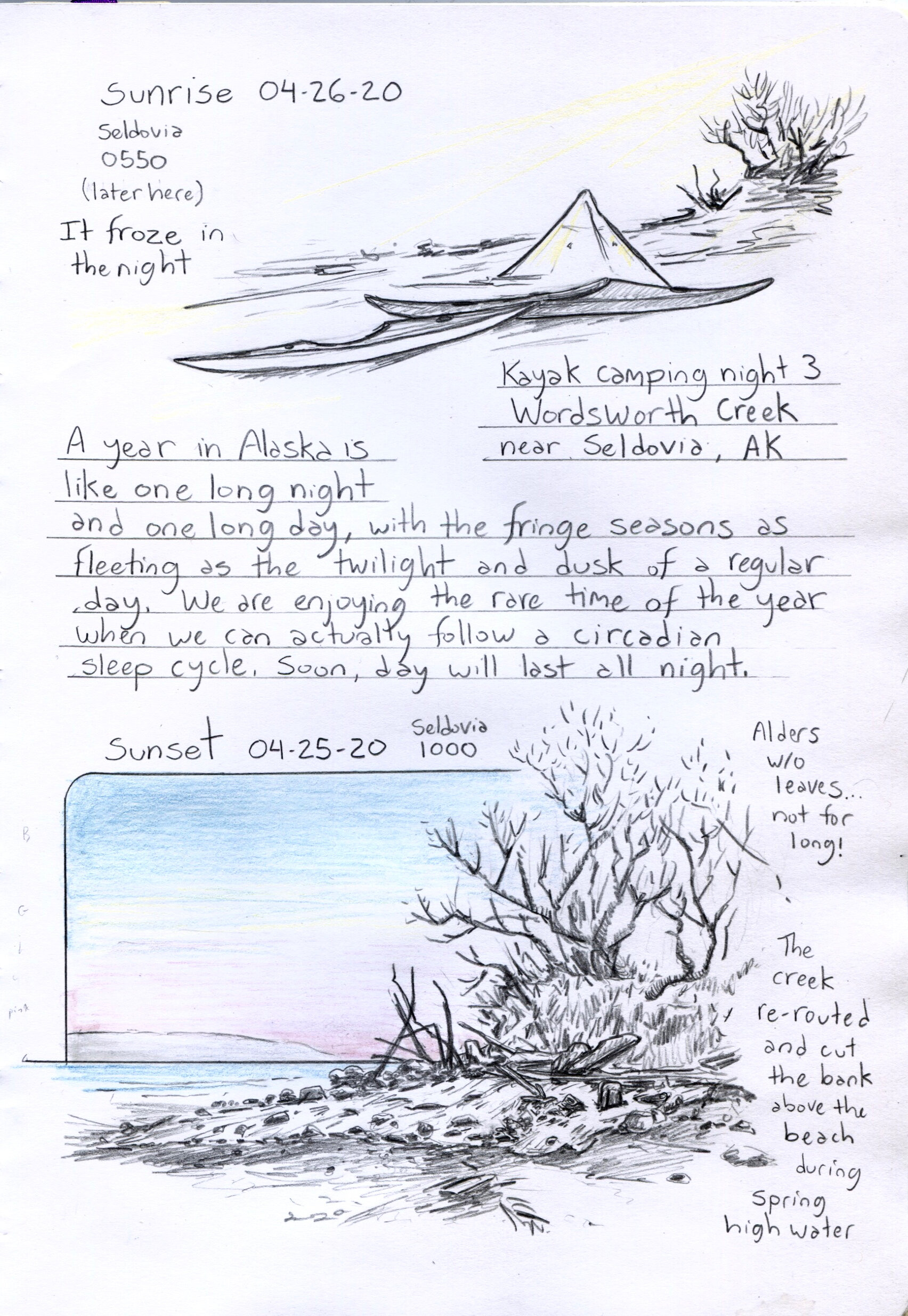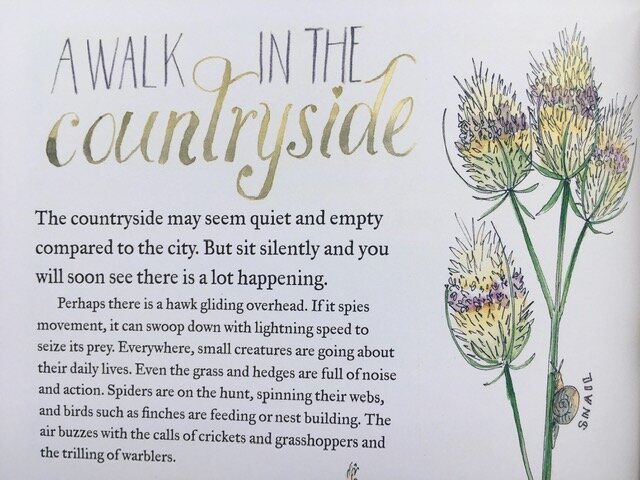‘No winter lasts forever, no spring skips its turn’ - Hal Borland
I began nature journaling around 4 years ago. Not realising when I started that it had a name. I’d been spending more time outdoors over the years, hiking, running, cycling. Finding that being outside in nature as much as possible was good for mine and my family's well being. I’d also begun to rekindle my love of art. Turning to sketching what I was seeing and noticing while outdoors. I’d been taking more notice of small changes, but hadn’t thought of documenting them. A light bulb moment occurred when I realised I could connect my art and time outdoors (little did I know of the wonderful world of nature journaling).
I began using my painting as a way of connecting, documenting and learning about ‘my patch’. To appreciate what was on my doorstep, and to find beauty and wonder in all the months and seasons of the year. Finding the more I noticed and saw, the more I learnt. A deeper connection was being forged. Not following a layout, plan or set of rules. I intuitively documented those things that made me smile, stopped me in my tracks, that I hadn’t seen before or I could find something new to learn.
October 2017
Connecting with the small details also slowed down time. Being connected to nature in every season of the year made me appreciate and anticipate. Now reflecting back and comparing my nature journals, I’ve realised they have become much more. They have increasingly become a historical record and document. A record of a particular place in time. In the UK we’ve experienced unusual weather phenomenons (as in many parts of the world), back in February 2018 I documented the ‘Beast from the East’ (a polar vortex that hit the UK). In February 2019 we had a heatwave, and this year we had a series of storms causing wind damage and flooding.
February 2018
February 2019
February 2020
And yet the snowdrops bloomed on almost the exact same day each year.
As our world and homes become more turbulent, being grounded with a deep connection to your place can bring great solace. We have seen this in recent weeks with the coronovirus outbreak, our world’s reducing to within a short distance of our homes. I’ve found myself looking one step closer to home, not being able to walk in the countryside, plants in the cracks in the pavement have now become a source of joy. The garden, streets, and skies immediately outside my home are now my focus to watch for change. Our nature journals will become historical records of the chaos of our times, but also a place of joy and solace in the moment. In the act of recording we are making these things matter, and showing that we care. I imagine all those notebooks and sketchbooks around the world being filled, with the details of this particular place in time, the seasons still changing, the birds still migrating. What better way to try and be present in uncertain times. To watch the wonder of nature still unfolding. What began as a simple act of being mindful for me, has become a way of life, and will be part of my history of how I got through these times . Rooted in ‘my patch’, anticipating the snowdrops arrival.
Find more of Angela’s work on her website www.angelahennessy.co.uk, Instagram @raspberrythief and on Etsy www.etsy.com/uk/shop/raspberrythief.
Purchase a concertina bound copy of Angela’s beautiful 2018 nature journal in her Etsy store.



















































































































































































